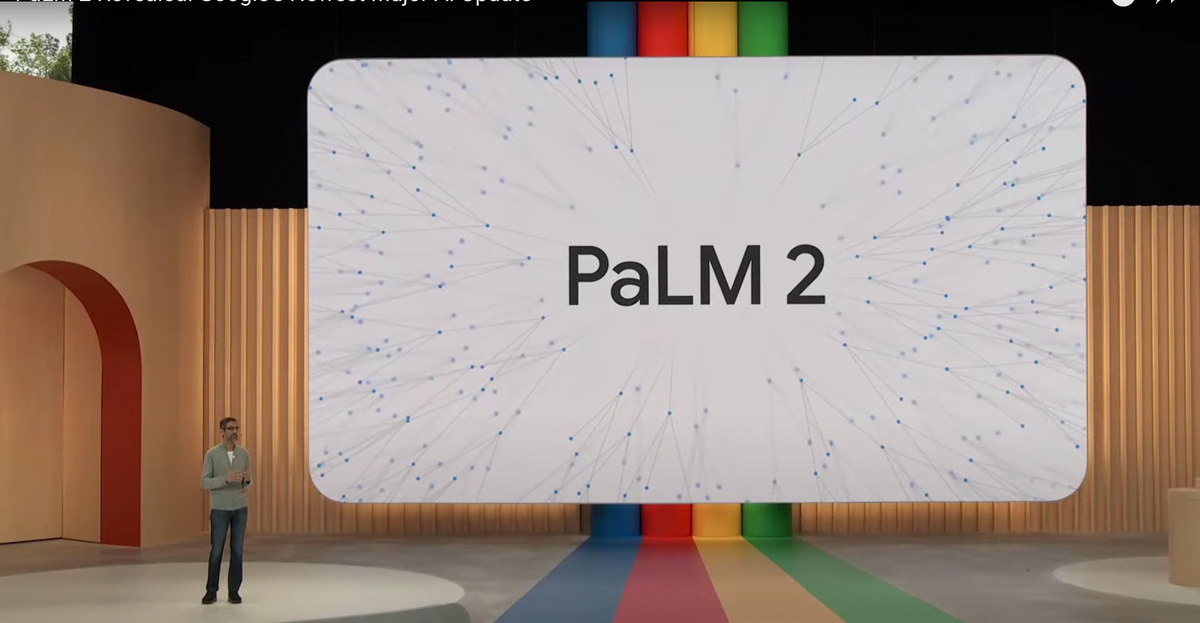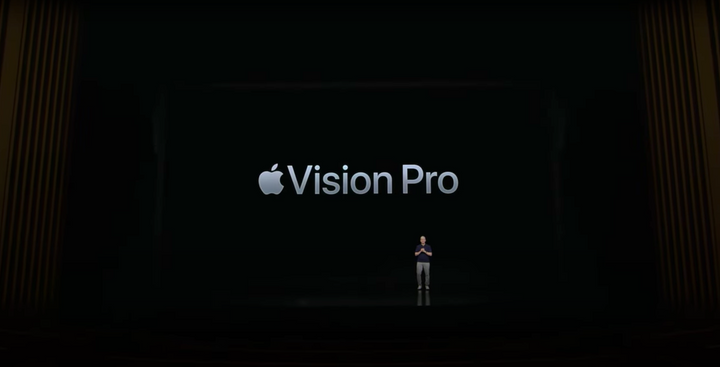Google's New AI, PaLM-2: A Breakthrough in Natural Language Processing
Google has just announced a new artificial intelligence system called PALM-2, which stands for Predictive Analytics and Machine Learning Model 2.

Google recently revealed PALM-2, an AI system that can create coherent and fluent texts on any topic given a few keywords or a brief prompt. PALM-2 is Google's most recent advancement in natural language processing. Pre-trained Adaptive Language Model 2 (PALM-2), which took the place of PALM and became available in 2021, goes by this acronym.
PALM-2 is one of the world's largest and most powerful language models because it is based on a deep neural network with over 200 billion parameters. PALM-2 was developed by the University of Pennsylvania. It has been educated using a massive corpus of text data obtained from various sources, including books, news articles, social media posts, and web pages, among other things. This information can be utilized by PALM-2 to generate pertinent, informative, and engaging texts.
The adaptability of PALM-2 to a wide variety of domains and activities is one of its most notable characteristics. In contrast to PALM, which requires manual adjustment of its parameters and output style for each application, PALM-2 can make these changes automatically, considering both the input and the context. For instance, PALM-2 can produce a formal report for a business meeting, a casual conversation in preparation for a chatbot, or an imaginative story in response to a writing prompt.
PALM-2 is capable of handling multiple languages and modes of operation, which is another one of its features. PALM-2 can generate text in over one hundred different languages, including but not limited to English, Chinese, Spanish, French, German, and Japanese. Additionally, it can generate texts that combine several different languages and translate texts from one language to another. Additionally, PALM-2 can produce texts that include images, audio, or video clips, giving users a more complete and immersive experience.
Google asserts that PALM-2 is a breakthrough not only in terms of technology but also in terms of society and culture. People can communicate more effectively with one another regardless of language or culture, have more accessible and more effective access to information, and more creatively and freely express themselves if PALM-2 is implemented. In addition, Google emphasizes that PALM-2 was developed with ethics and responsibility in mind and adheres to stringent guidelines to prevent misuse or abuse.
The beta version of PALM-2 is currently available for use by a limited number of partners and developers. Along with additional information and documentation, Google intends to open it to the general public. Google has high hopes that PALM-2 will lead to the development of new applications and possibilities for natural language processing and that it will also increase the number of advantages and chances available to people.



